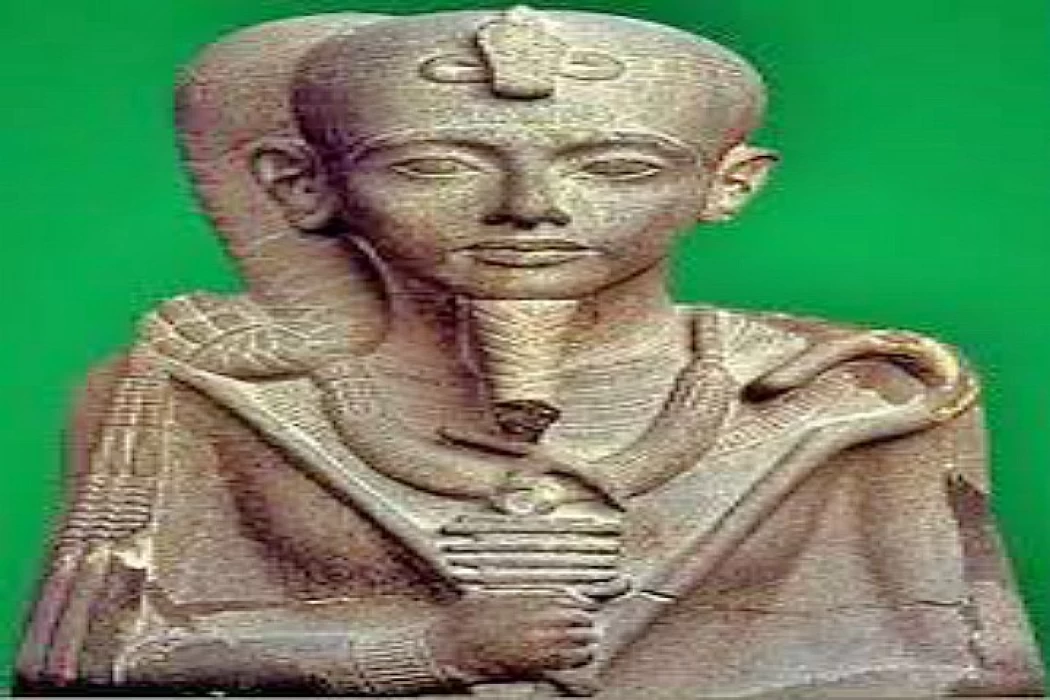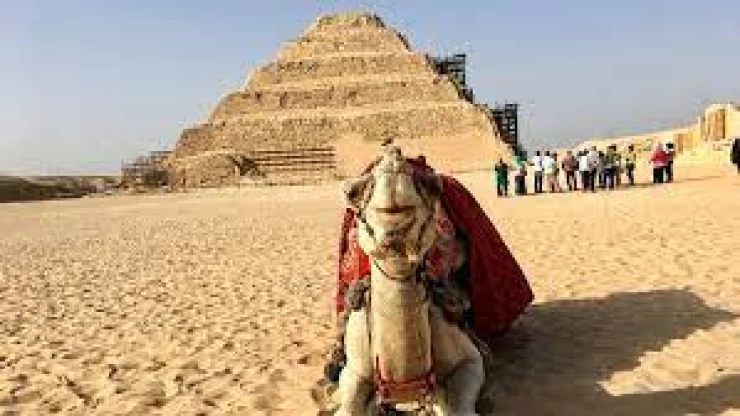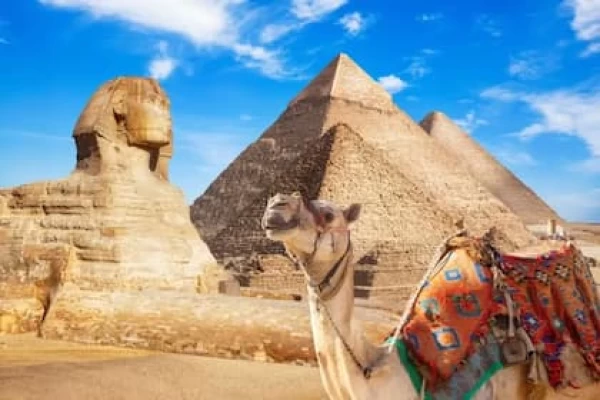
孔苏神 | 月亮之神
神孔苏
在金字塔和石棺的文本中,他被提到是一个相当残忍甚至侵略性的神,他负责喂养埃及的神,并通过狩猎和保护他免受邪恶天才的伤害来帮助法老。
孔苏神也是着名的神在夜间旅行,在他的船上的天空。 在他们所说的底班三合会中,他以穆特和阿蒙的儿子的身份出现。 他被认为是一个大胡子的人在一个行军的位置,以及古老的帝国,能够转变成一个孩子,他甚至被新月加冕。
月亮之神
随身携带指甲权杖和项链在他的胸部或双手。 此外,他被代表为一个有鹰头的人. 有些人称他们为远离邪灵的神或治疗神。
卡农的主要寺庙位于卡纳克,就在阿蒙神的寺庙内,在孔翁博,他们崇拜他作为索贝克和哈索尔的儿子。 这座寺庙开始由拉美西斯三世在新王国期间建造,并在托勒密时代完成。
许多信仰认为他被认为是一个与时间有关的神,这就是为什么他手中拿着一根棕榈枝,用来衡量时间的流逝。 他已经分配了一些绰号,如青春之栓,它能够刺穿旅行者(已经作为月亮之神)。
It is known that the ancient Egyptian civilization or the Pharaohs were associated with the worship of the moon, which was also known to have had three gods, and according to their seniority they are the god "Ah", meaning the moon god, then "Khonsu", which is a name that means wandering or traveling, and there is a temple for him called the Temple of the "Moon God" in Luxor, while the third god associated with the moon is the god "Thoth", the inventor of the lunar calendar.
In the texts of the pyramids and sarcophagi, he is mentioned as a rather cruel and even aggressive god, who was in charge of feeding the Egyptian gods and also helping the pharaoh by hunting and protecting him from evil geniuses.
God Khonsu is also known for being a god traveling at night, the skies in his boat. In what they call the Theban triad he appears as the son of Mut and Amun. He is regarded as a bearded man in a marching position as well as the ancient empire, capable of transforming into a child, he was even crowned by the crescent moon.
Carry a nail scepter and a necklace on his chest or hands. Furthermore, he has been represented as a man with the head of a hawk. Some called them the god that kept away evil spirits or as the healer god.
The main Temple of Khnum is located in Karnak, just inside the temple of the god Amun and in Kom Ombo they worshiped him as the son of Sobek and Hathor. This temple began to be built by Ramses III during the new kingdom and was finished in the Ptolemaic era.
Many beliefs attribute that he is known as a god who is related to time and that is why he carries a palm branch in his hands which he uses to measure the passage of time. He has assigned some epithets such as the bolt of youth, which is capable of piercing the traveler (already as a moon god).
The god (Khonsu) is considered the son of the god (Amun), and he was represented in the form of a man with the head of a falcon topped with a lunar disk. He also appeared in the form of a mummy or a child considered one of the moon gods, or a tight, tight robe. So his hands may be all or half untied. Above his head are the crescent and the moon, and a lock of hair hangs from his head. He usually receives a set of badges and scepters, which are (Haqqa, Was, Jad, Nakhkh).
The falcon's head is sometimes depicted as a heavenly distress, and is distinguished from the deities "Ra" and "Hor" by the moon disk and crescent.
He appears in the form of a human or a falcon, wearing a tight dress that covers his body. He carries a crescent moon on his head, surrounded by the full moon disk, and a braid hangs from the side of his head, indicating his role as a son in the Theban Trinity.
The baboon is considered one of his religious symbols as Lord of the Moon, although Khonsu himself is not often depicted as a monkey, unlike the god Chhuti, who is usually depicted as a monkey.
He has many titles: (Khonsu, the sublime in mind) (his Theban title) (His Highness) (Khonsu, the mastermind in Thebes) (the deity who expels evil spirits).
"The wanderer on the face" derives its name from the verb "khans" (xns) meaning (to cross), due to the moon crossing the sky. It is an act known to us from the "Pyramid Texts" in the paragraphs that refer to the moon crossing the sky.
That is, the name "Khonsu" means (the transient), and it is also a reference in the world of the dead to the deceased crossing the world, just like the moon. His name also means: (the one who travels); (the one who runs); (the one who moves); and (the one who passes).
He has a human figure with the moon sign above his head. As the son of "Amun and Mut".
Thebes is the main place of worship for the god Khonsu as a member of its trinity. However, many places of worship were found for him in many places throughout the country. His temple is within the scope of the Karnak temples from the era of King Ramesses III, and was expanded by a number of his successors.
Khonsu participated in many religious celebrations and holidays, such as (the beginning of the year), where his sacred statue was transported in a boat from his temple in Karnak to the Luxor Temple, where his parents Amun and Mut participated in the celebrations.
















